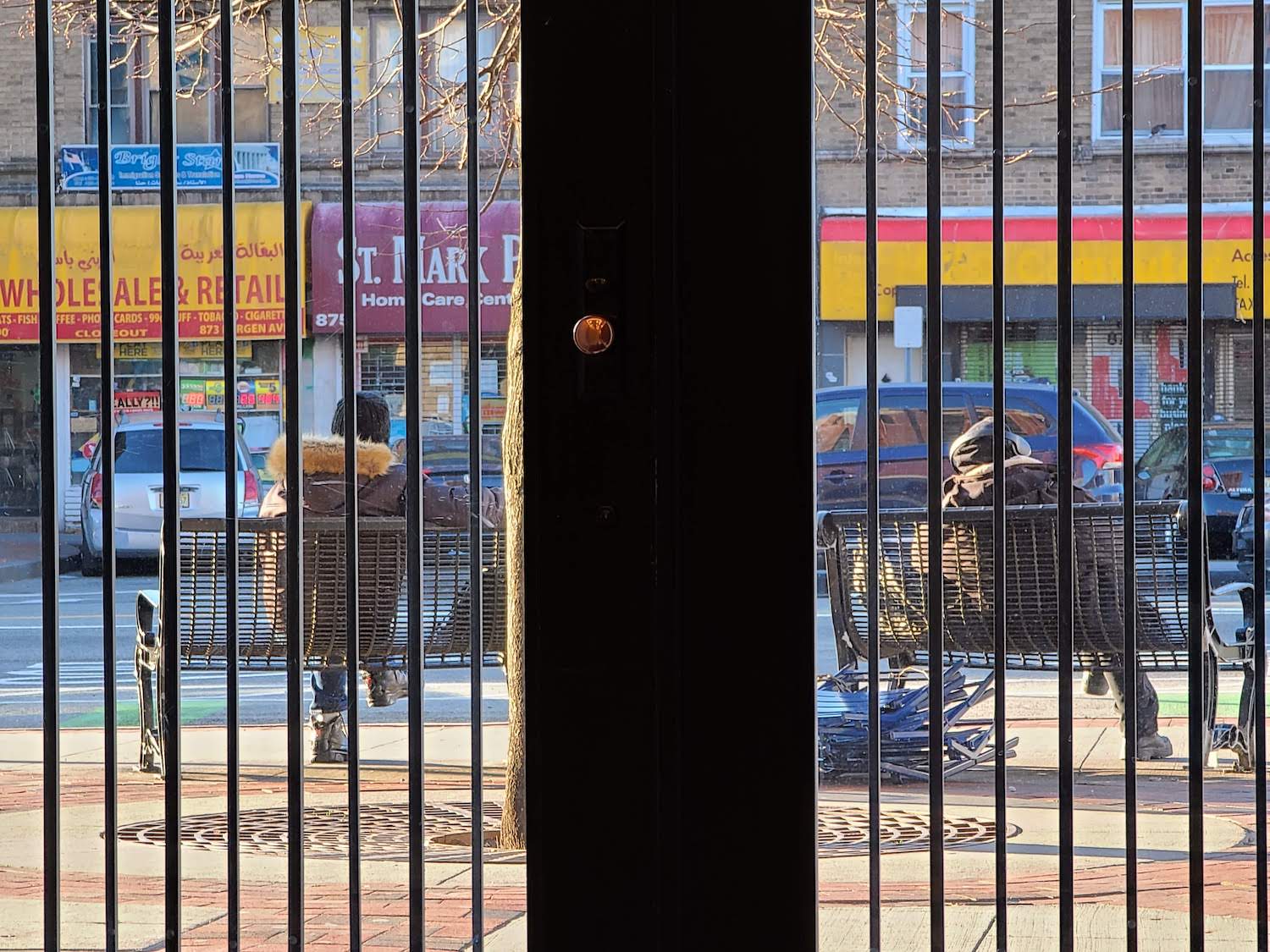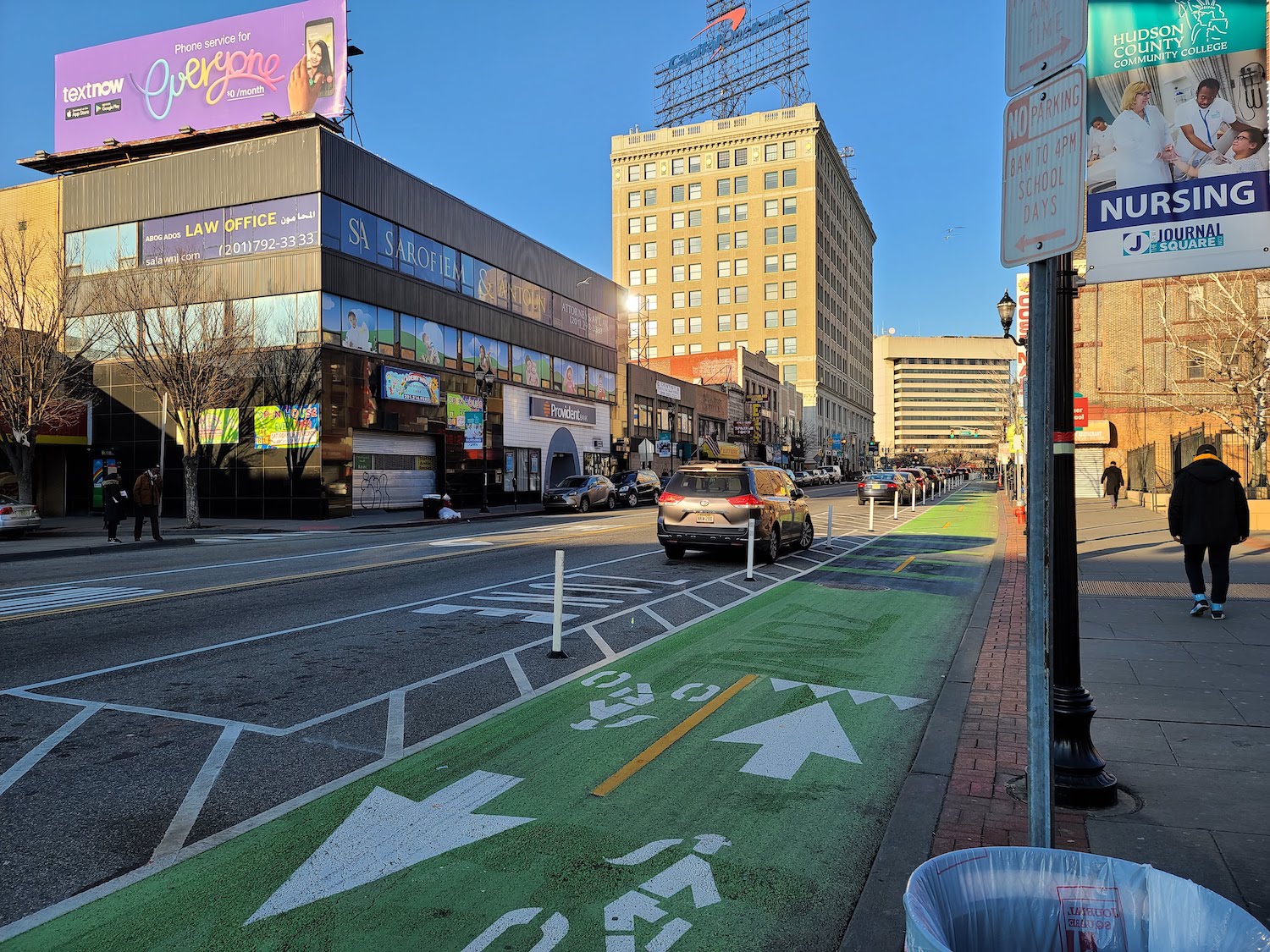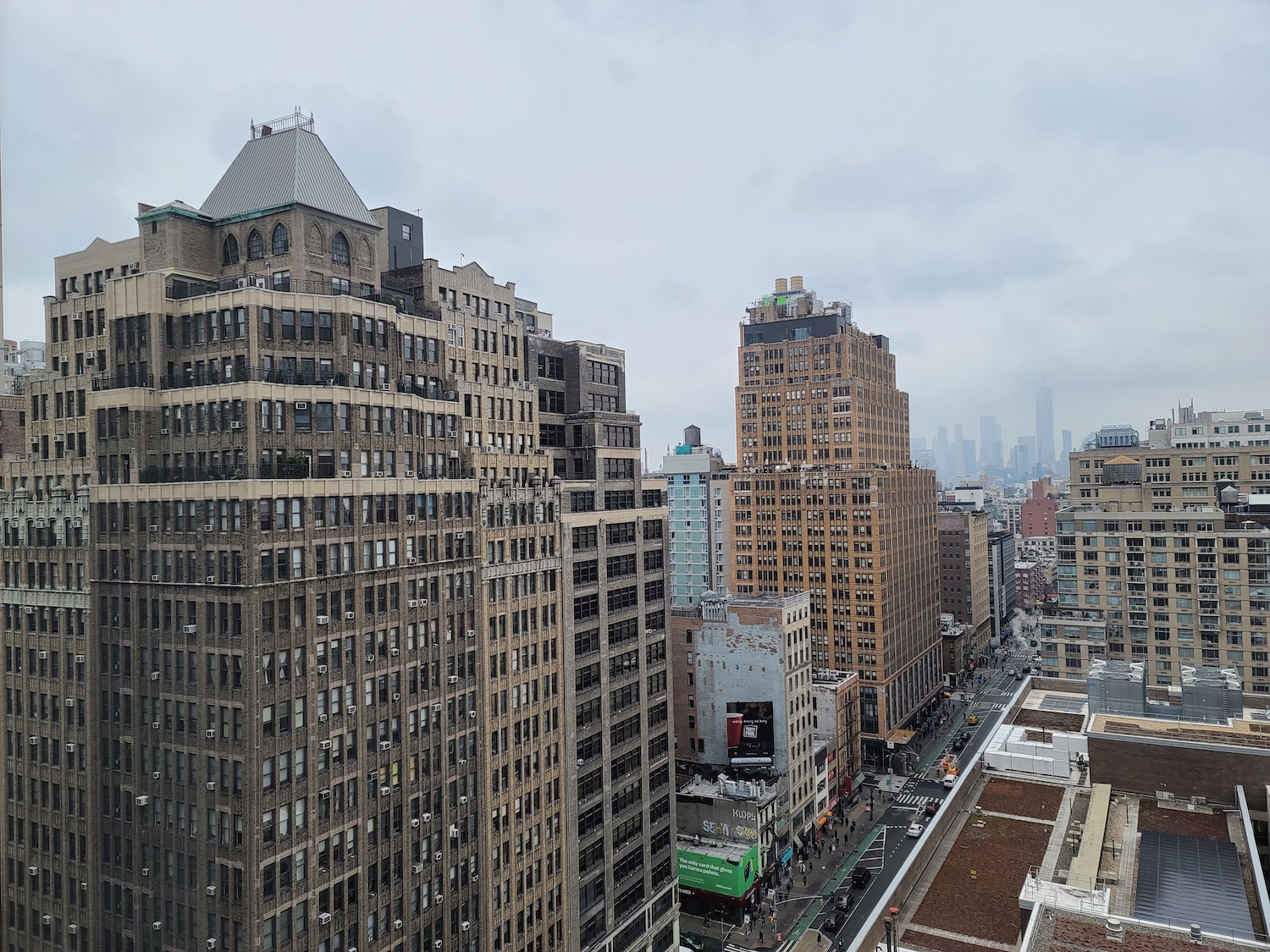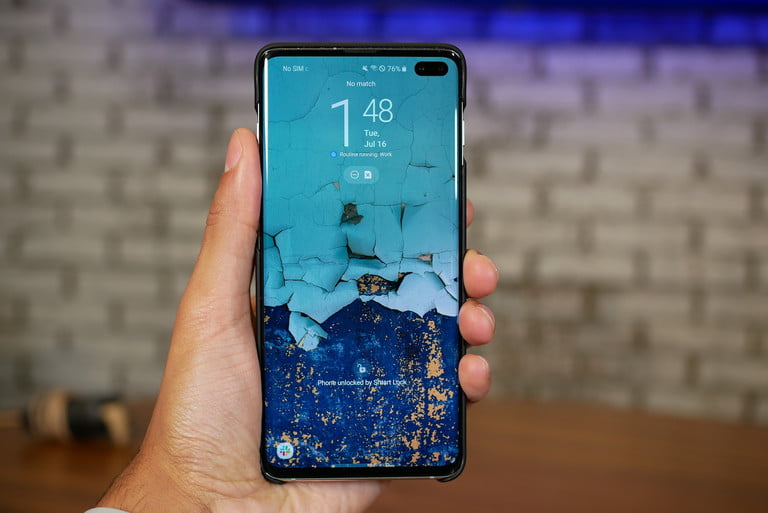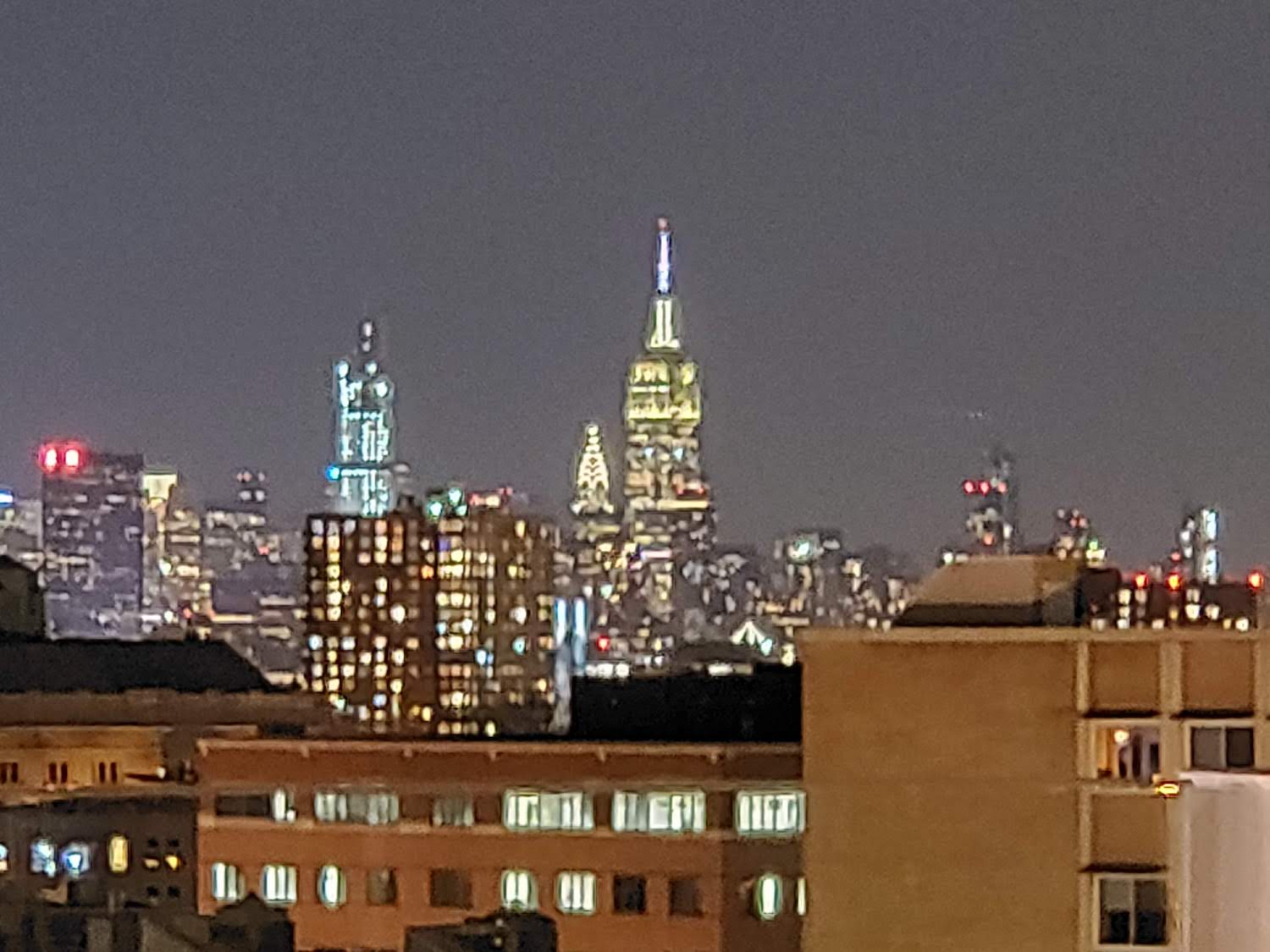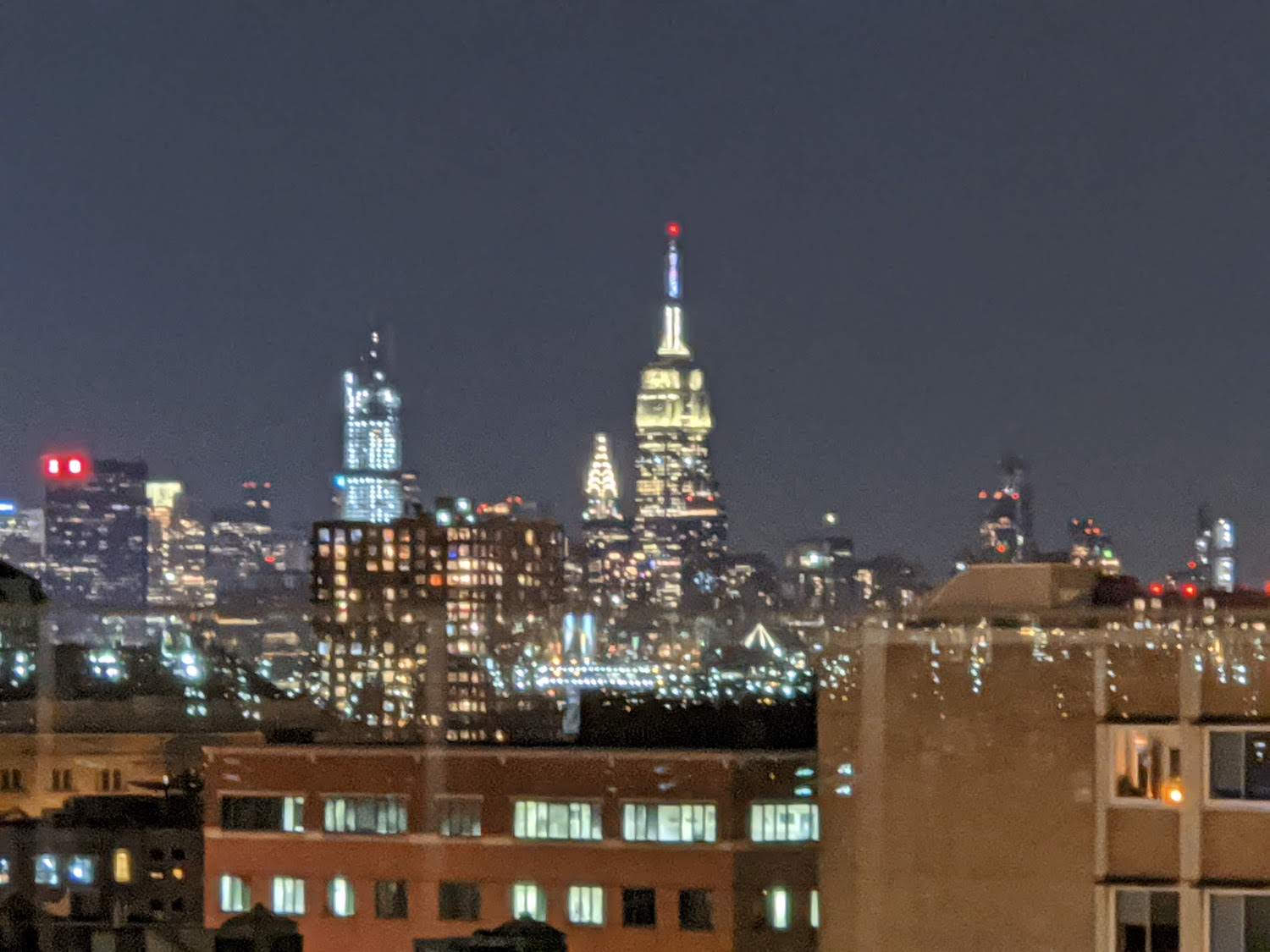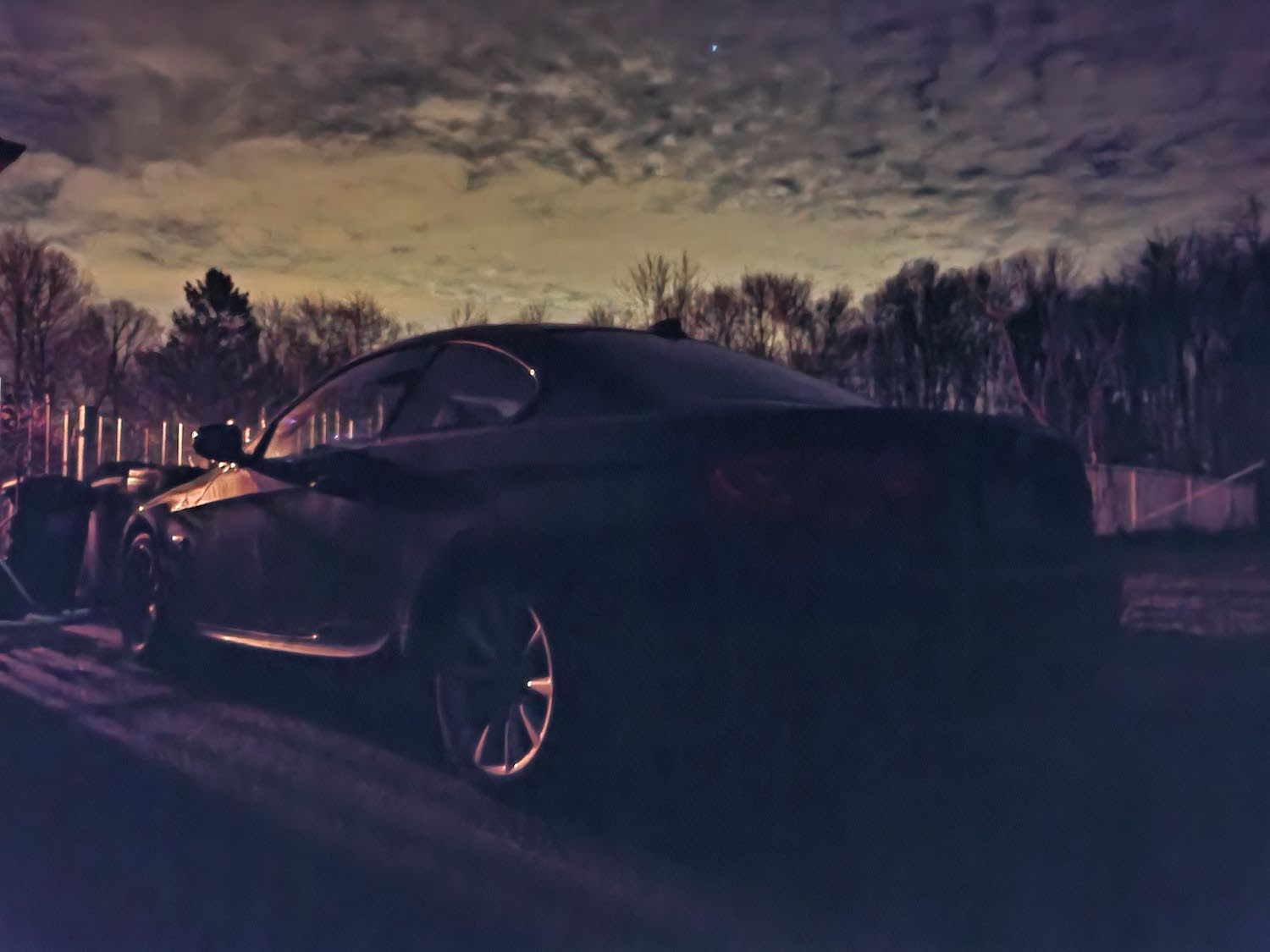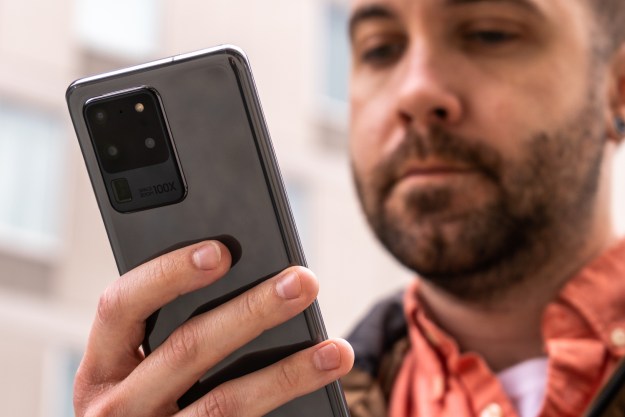
- Big, gorgeous screen with 120Hz refresh rate
- Zoom lens frames up nice shots
- Battery life that breezes through a day
- Top notch internals with 5G for every major carrier
- Expensive
- Zoom system seems gimmicky
Update: Five months after its initial release, Samsung has fixed bugs that dogged the camera system — and realized the promise of the ultimate smartphone.
Samsung’s Galaxy S20 Ultra is a lavishly-equipped device with an extravagant price tag. $1,400 gets you an opulent 7-inch display with a 120Hz refresh rate, the best internals you could ask for in an Android phone, 5G compatibility with all the major networks and, perhaps most important, a monstrous camera setup.
With 108MP on the main lens, 48MP on the telephoto camera, and up to 100× zoom, it’s clear which feature Samsung expects to deliver the knockout punch. But despite its robust stats, this heavyweight was initially held back from becoming the undisputed champ among the best camera phones this year due to bugs that plagued the cutting-edge camera system.
Through a series of patches released in April and July, Samsung eventually addressed most of the camera issues. So do the brains finely match the brawn? Or should you look to the forthcoming Galaxy Note 20 Ultra for your high end cameraphone needs?
Design and display
There are no two ways about it, this is a big phone. With a 6.9-inch display — a mere tenth of an inch short of what used to be a very common tablet screen size — the slim-bezeled Galaxy S20 Ultra is a tall device that’s a little unwieldy in-hand.
I have slightly larger-than-average hands, and even I had to be extra careful to secure a good grip on it when pulling it out of a pocket or picking it up. It’s tall, weighty, and a bit top-heavy (did you see the camera hump?). I found myself using the one-handed mode for the first time because I simply can’t use this phone one-handed otherwise.

That said, it looks and feels like the grand — or rather, 1.4 grand — you paid for it. The Quad HD+ (3,200 × 1,440) Dynamic AMOLED delivers deep, inky blacks and popping, saturated colors paired with sharp detail reproduction. Combined with the booming clarity of the stereo speakers, it’s one of the best viewing experiences you can have on a phone.
It’s every bit as bright at its peak as the iPhone 11 Pro, which makes it easy to see in direct sunlight, while the more saturated colors can help brighten darker areas for tough viewing situations.
New this year is the screen’s 120Hz refresh rate, double that of the Samsung Galaxy S10, which has the industry-standard 60Hz refresh rate. It’s the perfect finishing touch on a totally premium big-screen experience, and makes scrolling, navigating through the phone, and swapping between tasks pleasingly fluid.
Camera performance
On paper, the camera setup on the Galaxy S20 Ultra is the main draw of this device. You can get a similar big, beautiful screen on the Galaxy S20 Plus for $200 less; the Ultra tips the scales with a 108MP main camera, accompanied by a similarly stacked 48MP telephoto shooter, as well as a 12MP ultra-wide-angle cam to round things out. This system affords some advantages no other phone can replicate at the same level, but overall camera performance was a mixed bag at launch.

Several reviewers reported a common set of issues with the S20 Ultra’s camera at launch, which Samsung vowed to fix in software updates. Among the issues reported, though not officially named by Samsung, were over-aggressive image processing (over-sharpening and smoothing) and trouble focusing, two issues that aren’t exactly new to the Galaxy S series. In my initial testing, my S20 Ultra showed marked improvements over the Galaxy S10 in all of these areas, besides focusing.
An April system update specifically addressed the camera’s autofocus issues, and a new July update targets the others. The changelog mentions improvements to the camera such as better high-magnification (zoomed-in) shots and improved video stabilization — welcome and needed fixes to flaws in a flagship phone.
In ideal lighting scenarios, the S20 Ultra’s main camera picks up great colors and detail in the default 12MP shooting mode, which composes shots through pixel binning on the 108MP sensor. Here, the Ultra shows its improvements in detail capture and dynamic range over the Galaxy S10, proving less likely to blow out highlights, smooth over gradients, and produce overly-warm photos. This was the case with both the main sensor and the 40MP selfie cam, which also showed great improvement over the S10’s selfie game in the same areas.
More stunning details can be found by flipping on the 108MP capture mode on the main camera. That sort of difference isn’t something you can discern by looking at photos on your phone, but zoom in to a specific area of a photo on a larger, higher-resolution screen, and you’ll notice the higher level of detail this mode captures. With this, you can crop photos down to a smaller area and still have perfectly shareable images.
Yes, the zoom lens is as impressive as you’ve heard, but after about 30× zoom it becomes more of a party trick than anything else. High-zoom images are too grainy to be of any use beyond saying “look at what I can do.” Also, subjects that far away are difficult to see with the naked eye, so it’s unlikely you’ll ever notice a shot you can only capture with 100× zoom. Even if you did, the grainy, blurry result wouldn’t be pleasant.
Compared to other devices, like the iPhone 11 Pro and Pixel 4 (which max out at 2× optical zoom), the S20 Ultra has 4× optical zoom and uses a hybrid of digital and optical magnification it calls “Space Zoom” to go all the way up to 100×. The Ultra captures pleasing details all the way up to 10×, where Samsung says it’s “lossless,” while the iPhone’s and Pixel’s quality loss is abundantly clear. There is some slight loss on the S20 Ultra, but nothing like on the Pixel and iPhone at that level of zoom.
Compared to the Huawei P30 Pro, which has 5× optical zoom and uses a similar optical/digital hybrid to achieve 10×, it’s hard to see much difference between the two in optimal lighting. Step into the night and you’ll see a discernible advantage in dynamic color reproduction for the S20 Ultra’s zoom over the P30 Pro’s.
- 1. S20 Ultra 10x
- 2. P30 Pro 10x
- 3. Pixel 4 8x
- 4. iPhone 11 Pro 10x
Taking photos in low light and using Samsung’s night mode are improved over the Galaxy S10, and while the former gets details and colors on par with the best of them, the latter is a step behind Google’s Pixel 4 and the iPhone 11 Pro in terms of consistently producing great-looking, accurate imagery.
There were instances in less challenging low-light situations where the S20 Ultra took the best-looking photo, producing sharp details and punchy colors that weren’t too dramatic. But in challenging situations, like a dark alley or even a dimly-lit restaurant, the Ultra showed issues with focusing in our initial testing, tinging shots heavily with yellow, and sometimes putting together a blotchy mess of a shot.
These were situations where the Pixel 4 and iPhone 11 Pro beat the Ultra, and the same remained true for handheld shots of the starry night sky. It was easy to pull off any of these shots on the iPhone and Pixel without error, but the S20 Ultra needs a couple of tries. In some night mode situations, it couldn’t produce a usable photo at all.
These issues have been addressed through software updates in the months since our initial review. In our latest tests, high-magnification zoom photos were notably stabler and more usable, though it will be virtually impossible to eliminate all handshakes.
Single Take is fun to use. This feature captures about ten seconds of video and then pulls out portrait shots, black and white images, wide-angle photos, short GIF-like videos, and whatever else the A.I. sees as useful. It’s a great way to quickly generate alternative takes on a photo. It’s perfect for the quick, casual photos you might share on social media or instant messaging. For even more details, check out our ultimate guide to the Galaxy S20 Ultra’s camera.
Video performance
8K video capture is available, but you might not want to use it. One obvious problem? There aren’t many places you can truly appreciate it other than an 8K TV. It also doesn’t work with other important features like Samsung’s Super Steady stabilization. Also, 8K videos take up a massive amount of space: A 31-second video consumes 301 MB of storage — over half a gig per minute.
You can forget about recording 8K video after the sun has set, too. Those videos are considerably grainier than those shot at a lower resolution like 4K, despite using the same camera sensor and lens. Glitchiness in the stabilization, shutter roll, and random distortions (especially on bright lights) are all apparent.
In truth, most of these issues can impact the Galaxy S20 Ultra’s video capture no matter the resolution, stabilization mode, or lighting — it’s just a matter of which situation produces these effects the least. Although the iPhone 11 Pro isn’t perfect at night, either, it’s superior image processing avoids the many glitches, distortions, and eye-shaking pans that the S20 Ultra produces. This is also the case when you step into daylight, although generally the Ultra’s issues are lessened.
Video looks its best at 1080p, with Super Steady on, in bright lighting. Distortion is much less common in daytime lighting, but shutter roll is still apparent, making camera pans look jittery and over-processed. Enabling the Super Steady stabilization, which only works on 1080p video, helps mitigate this enough that I’d recommend shooting with Super Steady enabled as much as possible.
Both 4K and 8K capture are less attractive options because of their inferior stabilization and shutter roll, but at night you’ll have no choice but to do 4K or lower without Super Steady since 8K is useless in such low light and Super Steady uses the ultra-wide-angle lens, which can’t pick up enough light for a usable video at night either.
4K 60 fps videos at night looked best out of all the options, but distortions, glitches, and shutter roll were still quite prevalent, a great deal more so than you’ll find on the iPhone 11 Pro.
Performance, Battery Life, and 5G
The cameras may not deliver on the decadence they promise, but every other aspect of the S20 Ultra’s performance doesn’t disappoint. With 128, 256, or 512GB GB storage and 12 or 16 GB RAM paired with Qualcomm’s flagship Snapdragon 865 processor, you’ll not want for anything while gaming, multitasking, or using the Ultra in your day-to-day. Top that off with 5G support for all the major U.S. networks, and you have an entertainment and work powerhouse that’s every bit as excessive as its price. This isn’t something you can say about any iPhone, or many Android phones either — especially not any of the latest flagships.
If you’re lucky enough to be around 5G, and even luckier for it to be mmWave, you can expect download speeds of up to about 1.6 Gbps from my testing in NYC on Verizon’s mmWave network, though I more frequently would hit between the 400-800 Mbps mark on Big Red’s spotty mmWave coverage. If you’re not on Verizon, fret not, as the Ultra can hop on sub-6Ghz and 2.5Ghz networks, as well — great news for T-Mobile customers who enjoy much wider, albeit considerably slower (around 100mbps top speed), 5G coverage.
Battery life may be where the S20 Ultra delivers the most unimpeachable performance, and with so much going on, it’s much appreciated that this basic, yet integral part of the large phone experience wasn’t skimped on. Much like we saw the iPhone 11 Pro Max, this bigger phone has a bigger battery to match. With the 120Hz refresh rate enabled on the display, a known source of increased battery usage, I was consistently able to get a full day of heavy usage out of the S20 Ultra, and around a day and a half with very light usage.
This was very similar to my experience with the iPhone, which doesn’t have a 120Hz display option. Enabling a 60Hz refresh rate on the S20 Ultra can squeeze an hour or so more out depending on usage, but for the lovely smoothness of 120Hz, that little bit of battery sacrifice is a no-brainer.
Our take
Samsung’s Galaxy S20 Ultra is almost everything you could ask for in a high-end smartphone — on paper. In practice, it’s a phone with a $1,400 base price, which means it needs to be the best, or darn close. It’ll always be hard to live up to that price tag, but Samsung is definitely trying to.
Are there better alternatives?
The iPhone 11 Pro Max, and Samsung’s own Galaxy Note 10 Plus, are hundreds of dollars less and offer gorgeous big screen experiences with plentiful battery life. The iPhone is also the most well-rounded camera experience, and a real pleasure to use, though it can’t match the Ultra’s zoom.
There’s also the possibility of choosing the Galaxy S20 FE and the Galaxy S20, in case you don’t want to stray far from the S20 line.
If you’re looking to spend big bucks on a Samsung flagship, the Galaxy Note 20 looks like a winner. Likely to be released on August 5, it has bells and whistle galore. Meanwhile, the Galaxy Note 10 offers the Samsung experience in a lighter, slightly smaller package, with a stylus to boot.
If you’re a photography purist who happens to not care about barely making it through a full day of battery life, the Pixel 4 XL is another option that offers a svelte Android experience and a camera that’s easily top two in the game, with the iPhone being its main competitor.
How long will it last?
This is among the best points of the S20 Ultra. It’s equipped to last you some time. With all the main 5G bands supported, and camera hardware ahead of its time (and its own software, at this point), the Ultra is built to last. All this, combined with its IP68 water and dust resistance, means you should get a solid two or three years out of the Ultra.
Should you buy it?
Yes. It’ll always be hard to justify spending $1,400 on a camera-centric device, when cheaper phones are abundant. But the imminent launch of the Galaxy Note 20 will likely bring discounts to other models, and we could see this killer smartphone coming down a notch shortly. When it does you should snap it up — future-proofed and formidable, the S20 Ultra really is ultra-powerful.
There are also other discounts on the market right now, and you can check our lists of the best smartphone deals and Samsung Galaxy deals to know more.
Editors' Recommendations
- Best Samsung Galaxy S22 deals: Save big on unlocked models
- The 20 best Samsung Galaxy Watch faces you should be using
- Having Galaxy S24 Ultra camera issues? A fix may be coming soon
- Best Samsung deals: The Galaxy S24 Ultra is up to $750 off
- Have a Samsung Galaxy S23? Don’t update your phone to One UI 6.1














